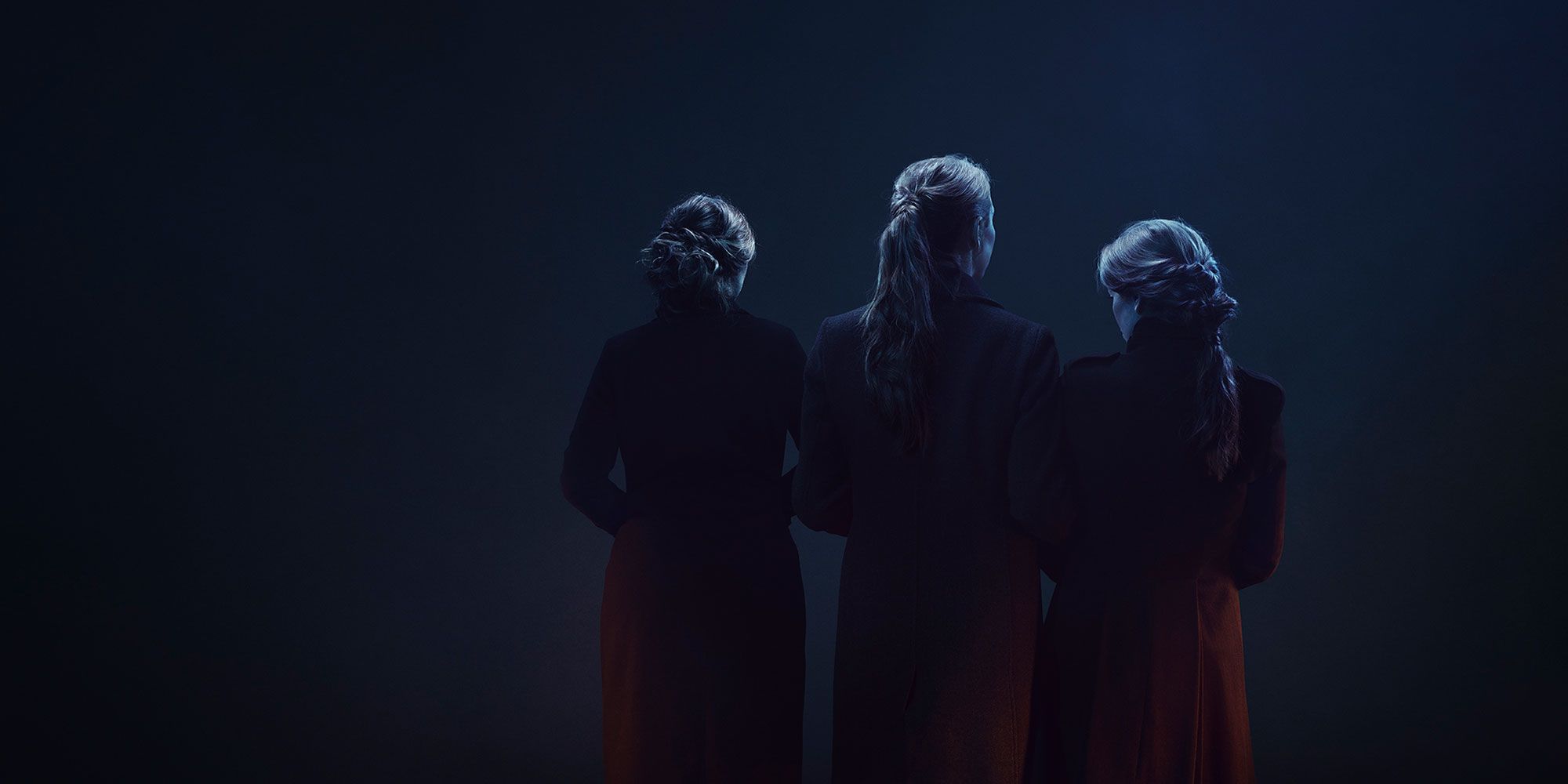Opera review: ENO's Jack the Ripper: The Women of Whitechapel
Ian Bell’s Jack the Ripper: The Women of Whitechapel succeeds in creating a powerful production about the strength of the women.

Earlier this month, I was fortunate enough to attend a performance of ENO’s Jack the Ripper: The Women of Whitechapel at the London Coliseum.
Attending an opera isn’t a regular thing for me, but I have been to three in the past. I may never have been to an opera had it not been for being raised on a steady of appreciation of Philip Glass.
When the opportunity to see live performances of Glass’ operas Satyagraha and Akhnaten presented itself, I wasn’t going to say no. These two spectacular shows formed my introduction to live opera, and the English National Opera (ENO) at its home, the London Coliseum.
These two operas are sonically and visually impressive, but they are difficult too. Satyagraha is sung in Sanskrit, while Akhnaten is performed in Egyptian, Hebrew and Akkadian. The programme’s synopsis came in very useful.
So it was with great interest that I stumbled upon a notice of ENO’s latest work; Jack the Ripper: The Women of Whitechapel.
Billed as a thoughtful tribute to the victims and the lives of the woman of Whitechapel in the 1880s, this stood out among the many, many Ripper shows and performances. The Ripper is hinted at throughout the show, but never shown.
The show is timely too; author Hallie Rubenhold recently published The Five: The Untold Lives of the Women Killed by Jack the Ripper. The book looked at the history and lives of the so-called canonical five victims. In doing so, Rubenhold disrupted the commonly held view that all these women were sex workers; a classification often used to justify or in some way explain the Ripper’s actions.
Iain Bell’s Jack the Ripper: The Women of Whitechapel follows a similar path. Along with librettist Emma Jenkins, Bell crafted an opera that pieces together what life would have been like for the women in one of the most deprived areas of the East End.
As the victims all come from the poorer side of London, their histories are not well documented. However, journalist W.T. Stead did embed himself into these areas of Whitechapel, and the stories and situations told in the opera come largely from his contemporary writings. Both Bell and Jenkins decided that only real events would be included in the opera, even if they didn’t happen to the canonical five.
The outcome is a powerful performance about the strength of the women, the adversity they had to face each day, and the oppressive structures that kept them down. Maud, the head of the doss house where the women stay, played by Dame Josephine Barstow, is, however, a fictional character. But she represents the cycle of abuse that so often occurs; abuse breeds abuse.
The canonical five are all included throughout, with each gradually being murdered by the Ripper. However, the show doesn’t deal in grim, bloody detail. The women, often in vulnerable situations, become shrouded in darkness, leaving it up to the viewer whether the Ripper was to blame, or any of the other dangers the women of Whitechapel faced daily.
The most notable of all the Ripper’s victims is Mary Kelly. Perhaps because she was the last, perhaps because her murder was the most violent (and is horrifically photographically captured in-situ). Whatever the reason, many retellings of Jack the Ripper’s killings centre around Mary Kelly.
The Women of Whitechapel continues that legacy. However, Mary is presented as a well-rounded human, rather than the usual two-dimensional cliché. Mary is at once defensive (the first time we meet her she gets in a fight with Polly Nichols), caring, and a doting, protective mother.
In this production, Mary Kelly is played by the incredibly talented Natalya Romaniw. Her performance in the lead role is passionate, memorable, and powerful. Every note is strong and impactful, while her actions bring credibility to Mary Kelly throughout.
The cast and chorus, as you’d expect, is predominately female. Without exception, every performer gives a performance that makes their character believable and sympathetic. That’s not to say the production infantilises these women; they are complex characters with contrasting and conflicting beliefs and motivations.
It means that although the deaths of the canonical five are suitably distressing, so too is the conditions all the women of Whitechapel had to live through. Compared to the lavish and luxurious West End of London, the city’s East End was deprived, and its inhabitants had to fight to survive.
Perhaps the most lasting impact of The Woman of Whitechapel though might be the knowledge that even today, many women in deprived areas of the country are subject the same oppressive mechanisms and abuses. No matter how far we think we’ve come since the bleak days of Jack the Ripper, women all around the country still have to fight to survive.
So, The Women of Whitechapel succeeds in both bringing colour to the canonical five’s lives and that of their contemporaries, whilst also reminding us of how much there still is to do ensure equality, so that everyone, regardless of background, can live a life free of the fear that stalks London’s streets, then and now.
For performance and booking information, see ENO’s website.

